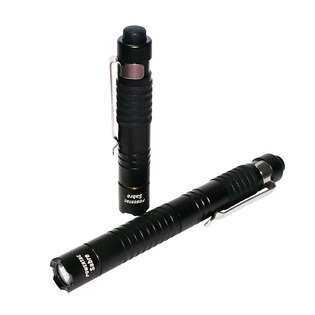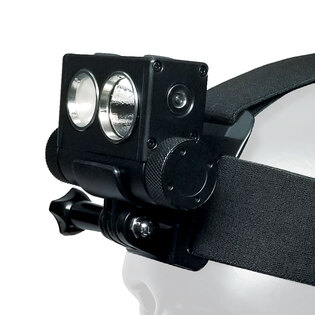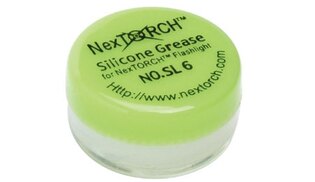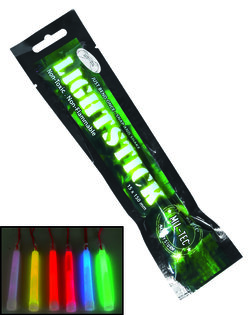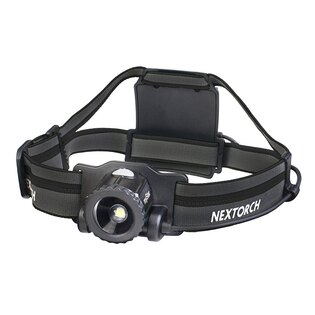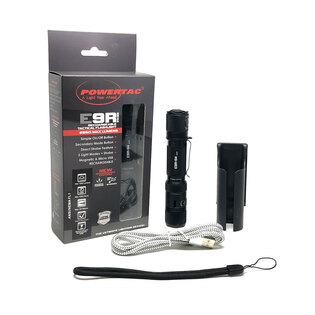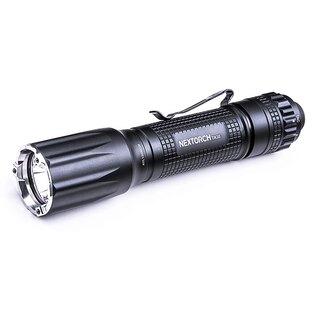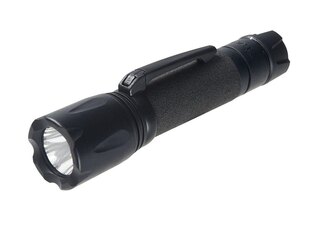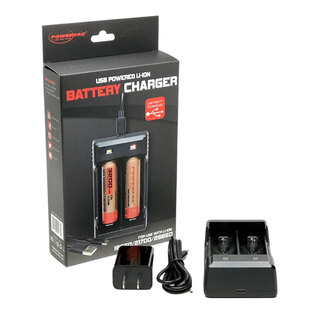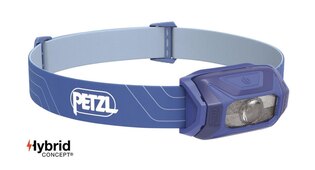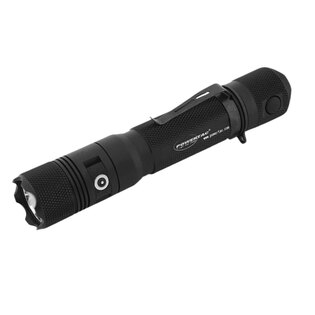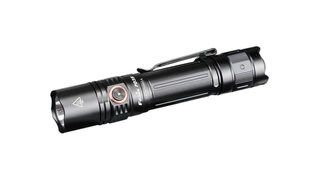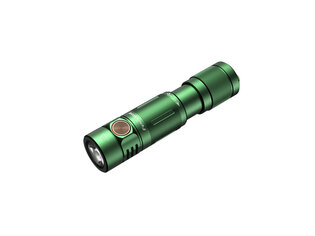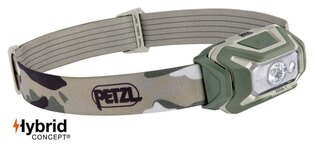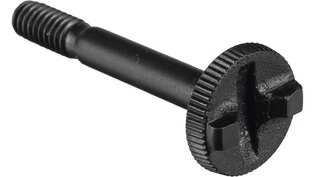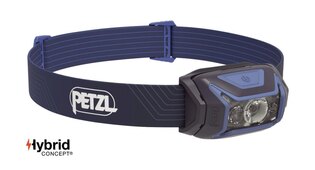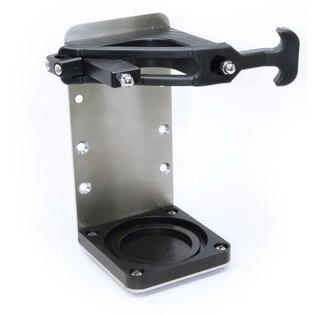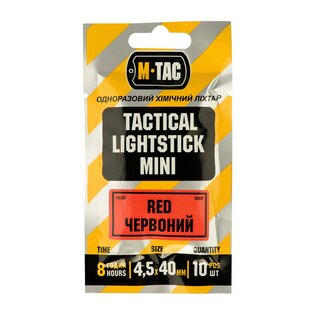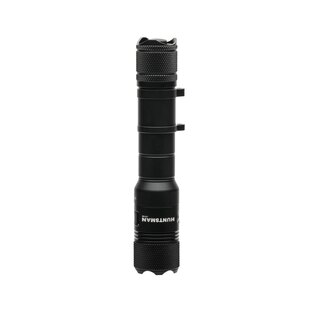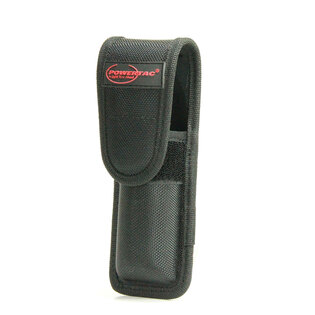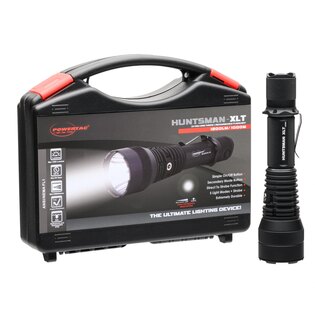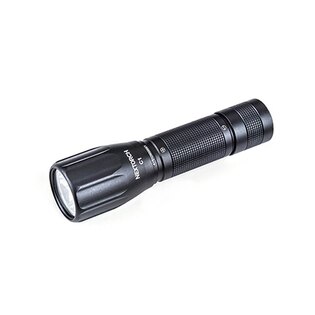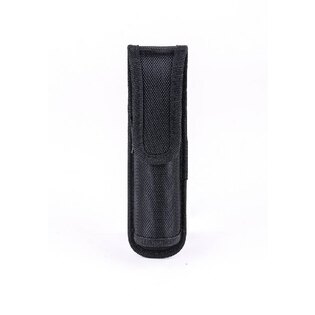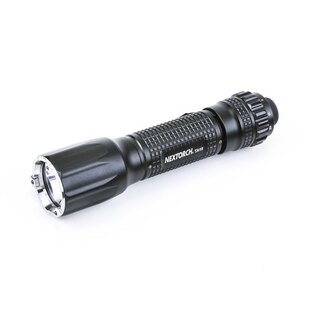Complete list: What to bring for a camping trip
Die-hard backpackers will tell you that camping is for wimps. We don't think so. On the contrary, camping can serve as a kind of precursor to tramping – you don't start hardening yourself straight away in cold water either. Or, in short, it can be a compromise between sleeping in the wilderness under the open sky and staying in a guesthouse, or somewhere in a mountain hotel with all the comforts.
Camping can take many forms. You can sleep in a tent, but also in a caravan or motorhome. However, most people do not have such equipment, so it is more appropriate and less demanding to start with a tent. So... we will start this article with it.
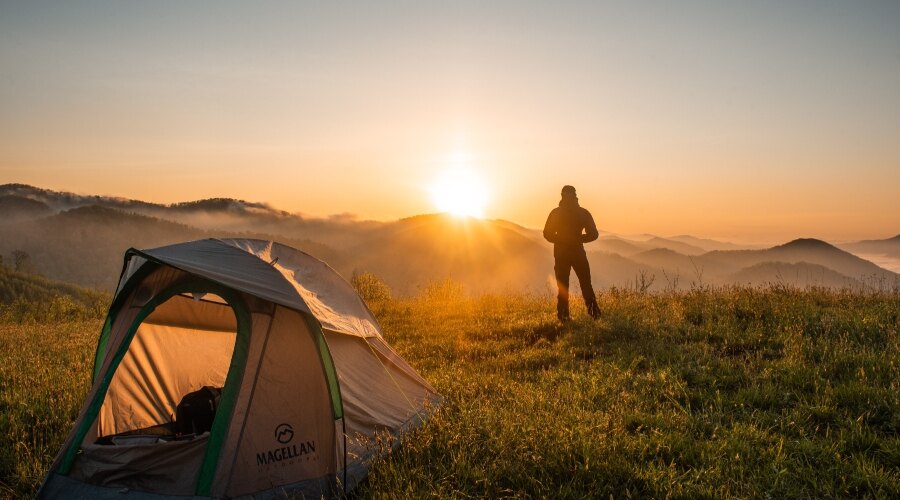
Camping tents may be bigger
If you don't travel between campsites on foot or by public transport, but use your own car for transfers, you don't have to be limited by the size of your camping tent when choosing it—whether it's packed or pitched. In fact, the bigger the tent, the greater the comfort—not only when sleeping, but also when moving around in its interior. Considering that you can stay in one place for several weeks when camping, a bigger tent is not an obstacle. Its construction will not take you that much more time than with a small tent.
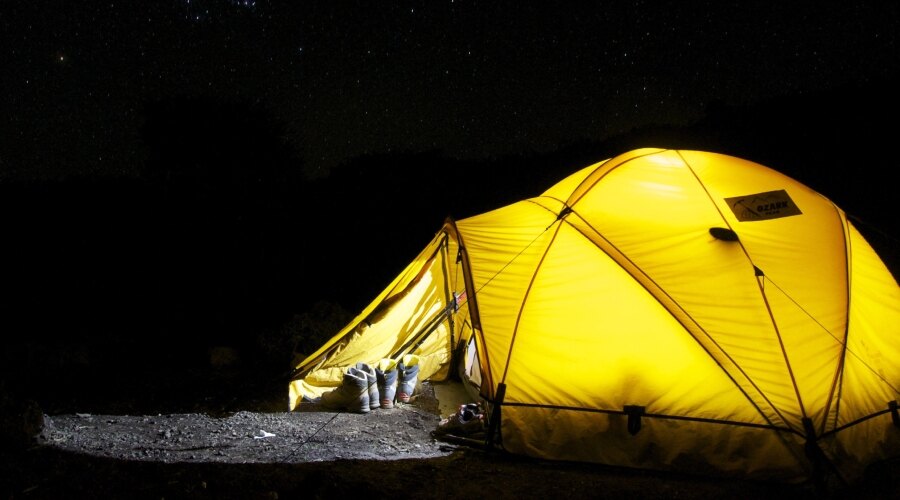
Of course, it also depends on how many companions you take with you. If you are traveling alone or as a couple, you will logically need a smaller tent than if you are going to join a large family. For the sake of insulation, the camping tent should have a waterproof bottom, which will not get penetrated by the morning dew or water in the event of a cloudburst. Even so, we recommend having more valuable properties hanging somewhere rather than lying on the floor. If you already have a tent and don't want to buy a new one because of the waterproof bottom, you can retrofit it with a waterproof tarp, which you simply put under yourself while sleeping.
Choose from us:
- tents
- tarps
Mats and sleeping bags for greater comfort
Your grandparents may have taken duvets camping, but that's not a very practical solution. It is better to equip yourself with a quality mat and sleeping bag. If we start with mats, then the most common options for camping are self-inflating and inflatable models.
The self-inflating ones usually only need to be inflated with a few breaths, otherwise they will do all the work for you. They are comfortable and insulate very well from below, but if you would like to feel as if you are sleeping in a bed at home, then reach for a quality inflatable mat. Its preparation for "standby mode" is a little more demanding, but you will usually get a slightly higher lying position. And what's more, the same applies here as with tents">tents—you can easily take a mat to the campsite, which will inflate more slowly. You will only do this once during your entire stay (and you can also pack a pump in your car).
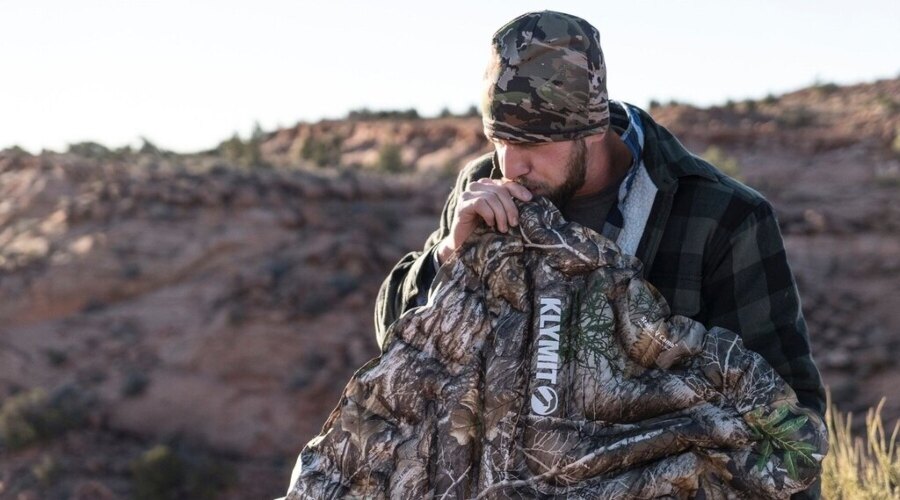
Sleeping bags for camping do not have to withstand extremely low temperatures. First of all, these are not very common here, and secondly, even if you decide to camp in Scandinavia, for example, the camping season lasts approximately from spring to autumn. So you don't have to deal with extreme temperatures below -10 °C. You can easily pack larger sleeping bags in the car, but they will be more difficult to ventilate. And that ventilation should ideally take place after each sleep...
One more note about sleeping bags—if you are traveling as a couple, choose sleeping bags zippers of which can be connected to make two bags into one. If the weather conditions worsen, two people can keep each other warm—without the need for extreme and bulky equipment. By the way, do you know whether to wear clothes in a sleeping bag or not? We have already dealt with that in one of our articles.
We should add a pillow to our sleeping needs, which is something that many travelers forget. Then they solve their "sleep ergonomics" with an incorrectly rolled sweatshirt or other impractical solution. We can choose from several solutions for pillows. Feel free to take your favorite from home, but you can also buy a storable inflatable piece, or even a U-shaped pillow, which we usually take when traveling by plane or bus.
Choose from us:
So that you could see (not just) each other
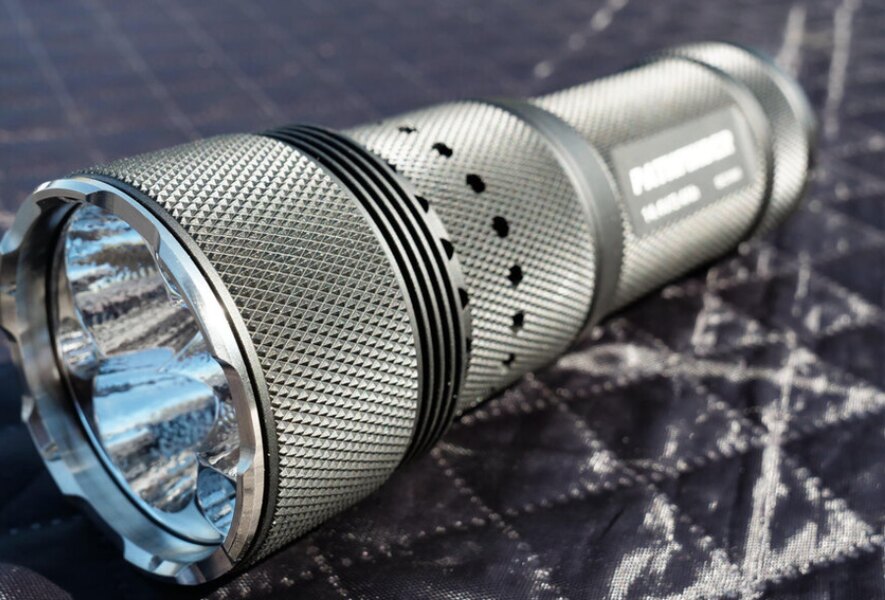
Lighting is an essential accessory when camping. Of course, the kind that will last. Let's start with headlamps">headlamps, which are probably the most practical. They free up your hands. With us, you can choose both headlamps that can be powered by classic batteries and those that have rechargeable batteries (for example, via the USB interface). Some headlamps even have a battery compartment located on the back of the head, so the headlamp is more balanced and less likely to slide off the forehead. In the overwhelming majority, the light source of today's headlamps is an LED diode.
A handheld flashlight that you can just hold in your hand and shine light exactly where you need it is certainly also useful. Handheld torches are again divided according to the type of battery (classic versus rechargeable monocells, or USB connector for an integrated battery) and light source. Again, in most cases we will already encounter LED technology.
And finally, we have lanterns that you can put on a camping table and create an atmosphere practically like at home. Of course, you can use electric rechargeable lanterns (we also have those on offer), or alternatively, you may find a classic old kerosene lamp in the attic from your grandfather or the former owners of the house.
Choose from us:
What to do with pesky insects
Mosquitoes and other pesky insects can be a big problem, especially around water. You can get rid of them in several ways. Either hide in a tent and equip it with a mosquito net, spray with a standard repellent or use a hand-held mosquito repellent, which is sturdy and equipped with a multi-directional evaporation grid. You can supplement these solutions with suitable plants, such as lavender or basil, which repel mosquitoes naturally (see further in this article).
In recent years, ticks have become an increasing problem, and they do not avoid campsites either. Since the winters have been relatively warm lately (which is an advantage on the one hand, because we save on heating), the ticks survive them with minimal losses and thrive. We can fight against them again with various plants in the form of essential oils, but also in other ways (you can find out which ones here).
Choose from us:
Without a knife you are lost
Probably the most versatile tool for being in nature—that is, not just for camping—is a knife. We should choose according to what we will use the knife for. But with practically any knife, you can spread bread, cut salami or cheese, scrape the tip of a pole if you lose a tent peg or want to fry burritos, or prevent an aggressive neighbor from the next tent, who will overdo it with alcohol one evening, as a precaution and if possible contact-free.
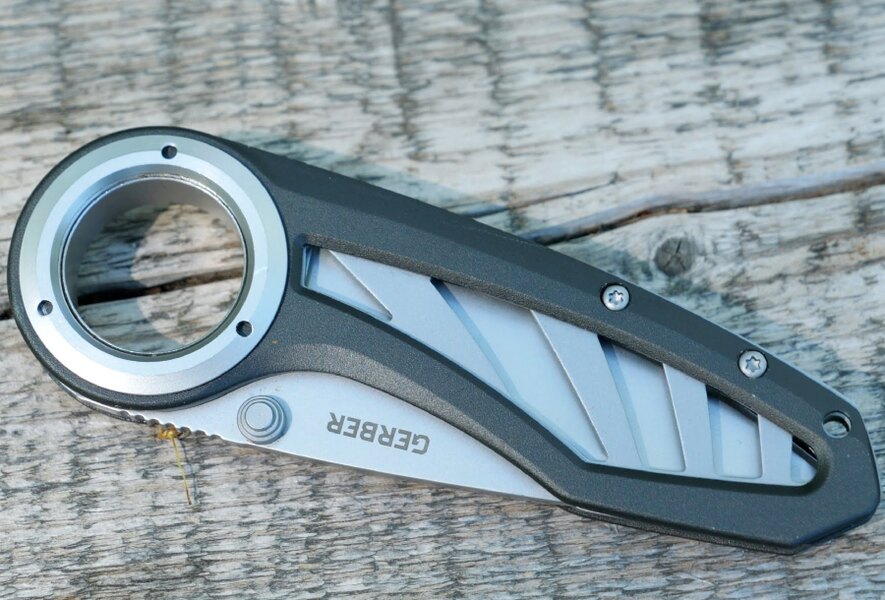
You can also choose from our multi-functional knives, which can do much more than just cut food. These knives include, for example, cutlery">cutlery, but also corkscrews, bottle or can openers, scissors, various screwdrivers or, for example, lighting. Having multiple tools in one package is definitely worth it.
Choose from us:
The basic thing is to eat and drink properly
Regardless of what your daily schedule is like in the camp or outside, you need to eat well and drink regularly even in "field" conditions. Additional equipment, which we will discuss further, can help you with this.
We really have a lot of tableware on offer. Whether it's mugs">mugs, mess kits or even cutlery">cutlery. What is important is the material, which should not be objectionable and, for example, in the case of thermos mugs or mess tins, it should withstand extreme temperatures in both directions.
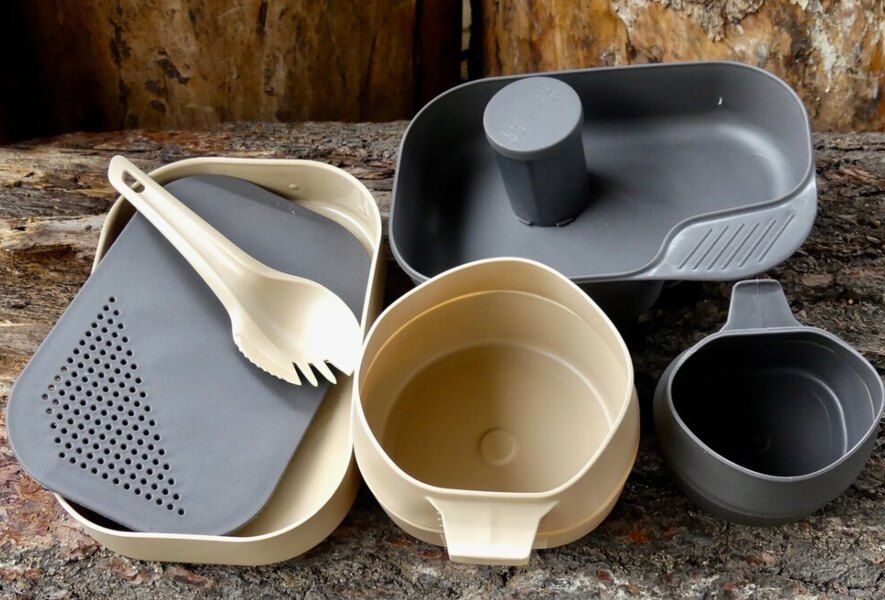
Ideal for transporting food on a day trip is stainless steel or plastic, but in this case, you should rather reach for a variant marked as "BPA Free" (without harmful bisphenol A) or "PVC Free". If you have an old plastic thermos at home, it is quite likely that it is not completely safe for health. Titanium is also a suitable material, although of course we have to expect a slightly higher price tag here.
In terms of temperatures, you may want to keep a drink or food hot or cold. For these purposes, we have thermoses for food or drink, which use a vacuum as an insulator, and thanks to this, your hot tea or lunch will remain warm in them until you drink or eat it (if it happens in the next 24 hours or so).
As for drinks, in addition to stainless steel mugs">mugs and thermoses, we also recommend a flask. Even summer evenings are sometimes cold, so it doesn't hurt to warm up with something sharper. And classic bottles without the adjective "thermo" can also be useful. Again, make sure that they are BPA Free, you probably won't find any others with us. Some of these bottles can also be collapsible, which you can use especially if you pay attention to minimalist packaging, or if you want to take a slightly smaller backpack with you from one-day trips.
Outdoor cutlery">cutlery, which you can get from us in various material designs, will definitely come in handy. In this case, of course, the benchmark is again titanium, a more affordable option is stainless steel or plastic, which should again be harmless to health (don't worry, you can find this information in the description of a specific product—if you are not sure about a product, ask us). The so-called sporks, whose name comes from the English spoon+fork, have recently become popular. It is a multifunctional tool that usually includes the entire cutlery.
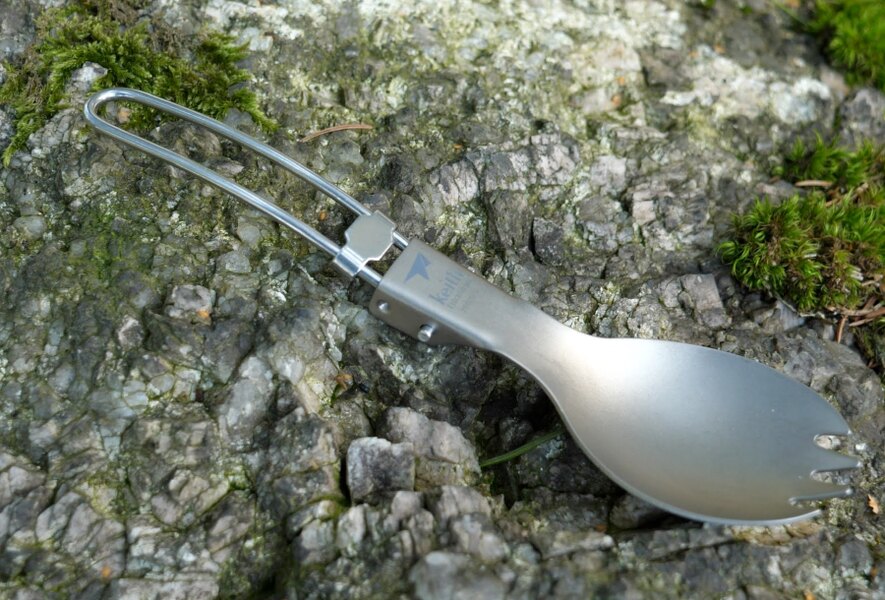
Spork
If there is no access to drinking water at the campsite, or if you do not trust the local source, it is better to also pack filters and/or water purification tablets.
Choose from us:
Provisions must be prepared
But we'll stay with food and drink for a while longer. Its preparation is a separate chapter. Here, in addition to the already mentioned knives, cookers-grills">cookers will come in handy, the range of which is really wide here. You can choose gas variants, consisting mainly of burners and cartridges, or grills and folding stoves for solid fuels, which are really practical for outdoor use. And if you want to cook a goulash over an open fire, you certainly won't disdain a kettle and a compatible tripod, thanks to which you won't have to deal with how to fix the dishes over the fire.
For most of us, good food inevitably includes good coffee. You can easily prepare this in the camp or in the field using a French press set or a titanium set. You can use both not only for coffee, but also for tea or even mate. And if you like to grind your coffee directly before preparing it, you can start the ceremony with a manual coffee grinder, which we also have.
Choose from us:
Sit with us and relax
Camping has an advantage over "classic" outdoor camping in that you can (but don't have to) spend the night in one place. At the same time (mostly) you travel by car, which after all can fit more equipment than a backpack. Therefore, it is advisable to take camping furniture with you on your travels, namely a table and chairs. Naturally foldable in both cases—even if you have a van, you don't want it to look like a moving van on your way to holiday.
For camping furniture, it is important that it is not only compact and collapsible, but also very lightweight. Whether it is armchairs and chairs, deckchairs or tables, they should be chosen according to whether they are intended specifically for being outdoors. As for the chairs, you can choose pieces with or without armrests—the latter are not as comfortable, but on the other hand, they are smaller and more compact.
Camping furniture is not just chairs and tables. If you choose a large family tent for your camping trip, you probably won't want to sleep directly on the ground in it. That's why you can put a comfortable field bed under your inflatable mattress and sleep almost like at home. A hammock can also be used well for sleeping or lounging during the day in the pleasant summer breeze, either on its own structure or perhaps stretched between two trees.
Choose from us:
Equip yourself with the right tools
We have already written something about knives; however, it is not the only tool that can come in handy in field camping conditions. The second most important piece of equipment is the axe. Just pack a small one in your car so that it doesn't take up too much space, but at the same time you could use it at any time, for example for chopping wood for a fire. And with its blunt side, you can easily drive the tent pegs into the ground.
By the way, making a fire. Whether you are going to cook directly on the fire and use it instead of a gas stove, or you would just like to create a romantic atmosphere, the fire will need to be made somehow. Various flints, lighters, lighters or (ideally waterproof) matches can be used for this.
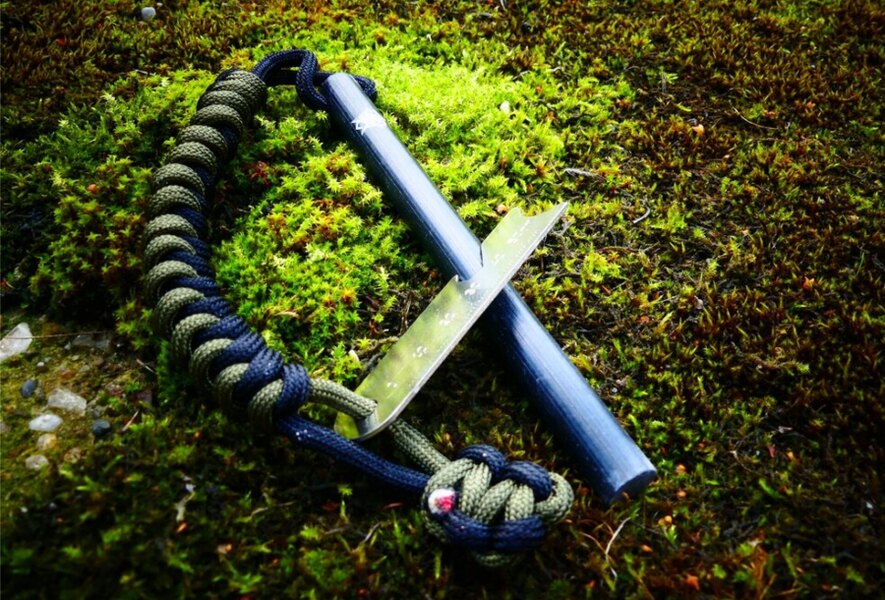
When sleeping outside, you will also need to adjust the terrain from time to time, and for these purposes, a pickaxe or field shovel, or even a saw, will come in handy, for example to adjust the surrounding overgrown trees. You can even choose a wire saw, which is very easy and compact, but be careful—it's also very sharp.
You can also pack duct tape in your car or luggage to fix a broken tent pole or camping furniture. This is a universal little helper that you comes handy whenever you need it.
Choose from us:
What didn't fit anywhere else
A separate category is a waterproof notebook, which can easily get wet or fall into water—its paper will not dissolve. It is so suitable for camping, where you can make a journal out of it—and perhaps even a log book. After all, there is a great tradition of boating camps in the Czech Republic, so why not combine your camping with rafting down the river?
And finally, we recommend a solar shower, thanks to which you can maintain the hygiene you are used to at home, even in field conditions. Such a shower will come in handy if the campsite you are going to is not equipped with its own shower. Alternatively, you can pack it with you just in case the showers or bathrooms at the campsite are always occupied or out of order.
Choose from us:
Readers are further interested



























































































































